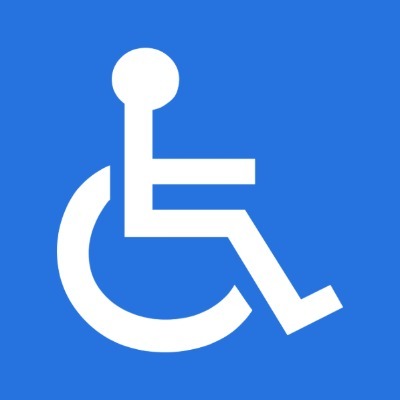If you own a business with a website, your site needs to be usable by people with disabilities. That’s good customer service — and in the U.S., it’s often the law. This guide explains digital accessibility in plain English, why small businesses get ADA demand letters, why there’s no 100% solution, and how to protect your business.
What is Digital Accessibility?
Digital accessibility means everyone can use your website — including people with vision, hearing, mobility, or cognitive disabilities. In practice, that looks like:
- Adding alt text so images are described by screen readers.
- Using readable text sizes and strong color contrast.
- Providing captions or transcripts for videos and audio.
- Making sure pages work with a keyboard (no mouse required).
- Organizing content with proper headings so it’s easy to navigate.
Why ADA Website Compliance Matters for Small Businesses
The Americans with Disabilities Act (ADA) is a civil rights law. Courts increasingly apply it to websites. Small businesses across the country receive demand letters claiming their sites aren’t accessible and requesting quick cash settlements — often $5,000–$20,000+.
Section 508 and WCAG (The Standards You’ll Hear About)
Section 508 is a federal requirement for government sites and contractors. WCAG (Web Content Accessibility Guidelines) are widely used standards that describe how to make content accessible. Following WCAG helps — but it’s not a legal guarantee.
The Gray Area: There’s No 100% Solution
Here’s the hard truth: there’s no official certification or single checklist that makes you lawsuit-proof. The rules and expectations evolve, WCAG gets updated, and auditors sometimes disagree. You can do everything right and still be targeted — which is why having a response plan matters.
- No official “safe” stamp: There’s no government pass/fail certificate.
- Standards change: WCAG updates add new criteria over time.
- Interpretation varies: Two audits can reach different conclusions.
How to Reduce Your Risk Today
- Fix the obvious: Add missing alt text, improve color contrast, ensure forms and buttons are labeled, and caption your videos.
- Post an Accessibility Statement: Tell visitors how to contact you if they hit a barrier. (See ours.)
- Run an audit: Ask for a WCAG-informed review and prioritize critical fixes first.
- Use accessible patterns: Choose themes, plugins, and builders known for accessibility.
- Document improvements: Keep notes/screenshots of what you’ve fixed — it shows good faith.
What to Do If You Receive an ADA Demand Letter
- Don’t ignore it. Response timelines are often short.
- Get legal help. Work with an attorney experienced in ADA website matters.
- Address the specifics. Fix the exact issues named in the letter quickly.
- Communicate professionally. Keep records of your response and remediation steps.
How the DAPEN® Defense Fund Protects Your Business
Because accessibility is a moving target, the safest approach is to be ready. The DAPEN® Defense Fund is a rapid-response membership for ADA website demand letters:
- Attorney Drafted Response: A licensed lawyer replies to the sender on your behalf.
- Targeted Fixes: Developers correct the issues named in the letter to reduce future risk.
- Guided Process: We walk you through what to do, what to say, and how to document it.
There’s no 100% solution in this industry — but you can have a plan and a team when it counts.
Frequently Asked Questions
Is ADA website compliance required for all small businesses?
How do I know if my site is “ADA compliant”?
What’s the difference between ADA and WCAG?
Do accessibility overlays solve this?
Next Steps
- Join the DAPEN® Defense Fund so you have legal representation if a letter arrives.
- Publish or update your Accessibility Statement.
- Run a quick audit and fix the top issues this week.
Join the DAPEN Defense Fund for legal response and targeted website fixes if you receive an ADA demand letter.

